DIY video lighting
LED bar, panel and ring lights are consumer-oriented lighting equipment designed for photographic, videographic and live streaming applications. These portable, even handy studio lights are commonly used for beauty shots, portraits, vlogging, selfies, and macro photography. The widespread use of smartphones capable of shooting high quality images and videos has created a new era of mobile productivity. The explosion of apps available for both iOS (Apple) and Android (Google) mobile devices that provide sophisticated editing and digital effects capabilities made everyone a documentarian of everyday life and the director of their own show. The heavily intertwined use of smartphone and social media drives the use of video to raise awareness, create engagement, develop interpersonal relationships, building brands, or drive sales. On the other hand, video chat applications and web conferencing software have seen a sharp rise in demand as a result of the COVID-19 pandemic. A professional appearance that’s psychologically associated with the high standards of communication and presentation requires lighting to be optimized for the video camera and transforms a routine, bland shot into an attractive, appealing image.
Studio lighting design
Smartphone studio and video conferencing lighting has evolved from a functional setup into an artistic and a technical discipline derived from the basic principles of lighting design for professional video and television production. Being the art of creating still or moving pictures by recording optical radiation on a sensitive medium such as a photographic film or an electronic sensor, effective, creative lighting is an essential science for photography, television broadcast, and cinematography. Professional photographers, videographers and filmmakers use the principles of three-point lighting to design studio lighting. The lighting setup consists of three elements: the key light, the fill light, and the back light. The primary light in the lighting setup is the key light which points in the direction of where the camera is shooting and establishes the quality of light, whether hard or soft, for the shot or scene. The fill light is an additional light source that shines on the subject, but from a side angle relative to the key light. It is used to fill in the shadows created by the key light and reduce excessive contrast ratios. The back light shines on the subject from behind to separate it from the foreground and to highlight contours.
Lighting setup
The art of lighting for webcam and smartphone video streaming, recording and conferencing applications is neither mysterious nor complicated. There is a common misconception that the only lighting fixtures to be used for smartphone studio lighting or streamed webcast are the large floodlights and bulky softbox lights on stands or hanging Fresnel-lensed lights that are seen in scenes of movie shoots and news or interview programs. The object of smartphone studio and video conferencing lighting is to illuminate the subject for revealing its shape, form and texture and to give the whole scene a specific mood. Smartphone studio and video conferencing lighting doesn’t intentionally craft highlights and shadows to create visual cues that the brain uses to interpret depth, nor does it flatten everything out. Available in forms of light bar assemblies, light panels and rings, smartphone and webcam lights are a family of diffused lighting systems that that spreads the illumination broadly and evenly. They perform in a way similar to soft key lights but create few shadows and tend to wrap around the subject. These lights are placed close to the camera or mounted integral to the camera, just a few feet away from the subject, to provide on- or off-axis lighting. Typically, just one light establishes the lighting pattern. Additional lights are used merely to refine and enhance the effect of the main light.
Types of consumer-grade video lighting equipment
Light bars, panels and rings are so designed that they provide a uniform diffused light and spread soft light over large areas. These lights are mounted on tripods, dollies (tripods with wheels), or with clip-on devices.
Ring lights are all the rage among portrait and fashion photographers as well as studio videographers and content creators on YouTube, Instagram and TikTok today. A ring light, as the name suggests, is a circular light that creates a halo of diffused light. A smartphone holder is arranged in the center (aperture) of the ring. This design allows the camera to shoot through the aperture and thus the direction of the beam will be on the camera-subject axis. The ring shape and large size of the light emitting surface (LES) allow soft, flattering light to fall on all sides of the subject without producing any harsh shadows. Ring lights are the tools of choice for shooting portrait and fashion images and videos because, while showing great roundness or contouring of the face with shadowless illumination, they can produce a specular highlight in a subject’s eye in an image by introducing catchlight into deep-set eye sockets.
Light bars are usually assembled in a group to form a fixture that distributes light in a way similar to ring lights. They are also used in combination with a ring light. Whatever the configuration, these lights deliver uniform illumination over a large area for one-light applications. Ring lights and fixtures that produce similar optical distributions are not necessarily meant to deliver soft on-axis lighting, they can be used to provide off-camera key light, fill light or back light to accomplish three-point lighting setups. Light panels are not intended for on-axis lighting. But they are also useful for both one-light and three-point lighting applications. These lights are better off working as key lights to create the subtle interplay of highlight and shadow and to produce dimensionality (modelling) in a portrait shot.
System design
The arrival of the video and photography light bars, panels and rings owes a good deal to LED technology. Their small size of LEDs enables the LES to be optimized for the application. These LED lights are formed using discrete SMD LEDs. The harshness of the LED light is softened by means of direct diffusion or through the use of an edge-lit architecture. Direct diffusion counts on opal diffusers and lends a simple design to the lights. An array of LEDs are mounted on a metal-core printed circuit board (MCPCB) to form a direct-lit module, which emits light through the diffuser lens.
To completely remove LED hot spots, a high level of diffusion or a long distance between the LEDs and diffuser is necessary. Edge-lit LED studio lights utilize a hybrid optical system to achieve a homogeneous luminous surface without visible light points. The SMD LEDs are mounted along the side of the luminaire. A light guide panel (LGP) transports light from the side-firing LEDs by means of total internal reflection (TIR) and refracts the beams down towards an optical diffuser through a matrix of uniformly distributed exit points. This optical architecture creates soft luminance that is gentle on the eyes even when the light is positioned closely to the subject. Regardless of the design, the LED modules is attached to a heat sink. The thermal cooling capacity of the heat sink must be dimensioned to equal or exceed the applied power load. Inadequate thermal design can cause irreversible lumen depreciation and color shift.
Chromaticity
Color is an essential science for photo and video production. The correlated color temperature (warmth or coolness) and color rendering properties of the LEDs affects the apparent color of objects and the faithfulness of color reproduction. These measurable color attributes are determined by the spectral power distribution (SPD) of the LEDs. A white light SMD LED is a phosphor-converted device that utilizes a semiconductor emitter to pump the phosphor down-converter within the device package. The semiconductor emitter is either a blue LED chip or a violet LED chip formed using the InGaN material system. The prevailing CCTs of white LED for use in studio lights are the warm 3200K and daylight 5600K.
Bi-color systems are equipped with LEDs in both colors, allowing users to switch between the LEDs. Tunable white systems implement a combination of independently dimmable warm white LEDs and cold white LEDs to provide a continuously adjustable range of color temperatures from, e.g., 3200K to 5600K. Some products incorporate multiple colored LEDs to enhance the color appearance. Complex RGBW or RGBWA systems allow you to call up any color from the gamut of the constituent LEDs through additive color mixing. To guarantee uniformity and consistency of hue and color temperature from LED to LED and fixture to fixture, all LEDs used in a light and/or a group of lights binned to within a tight set of bounds for their chromaticity, lumen output, and sometimes forward voltage.
Color reproduction
The spectrum of the LEDs must be balanced to make every color come alive. Violet pump LEDs have their radiant power more uniformly spread throughout the visible spectrum than blue pump LEDs due to the balanced wavelength conversion. The spectrum should also be optimized to allow the camera to reveal a natural saturation and precisely render all important colors. The image sensor of a camera is not as forgiving as the human eye which can continually adjust to make colors look correct. The SPD needs to be tailored to the spectral sensitivity of the image sensor. Along with a high color rendering index (CRI), the television lighting consistency index (TLCI) which quantifies the quality of color reproduction though a standardized TV camera should be sufficiently high to meet the photography and video lighting requirements.
Load regulation
LEDs are low-voltage devices that run natively on DC power. The ability of the LED driver to provide tightly regulated output power to the LEDs is critical to the optimal performance and failure-free operation of LED studio lights. The LED panels, rings and bars may be battery operated or line powered. A constant current driver regulates the current through the LED regardless of any fluctuations that may occur to the AC or DC power source. At the same time, it responds to the changing needs of the LEDs as its electrical properties change with the junction temperature. As LEDs are sensitive to even very small changes in the drive current, the current ripple in the output of a driver should be reduced to a minimum to ensure flicker-free operation of the lights. Video cameras can capture high frequency flicker that is imperceptible to the human eye. As shutter speeds increase for high frame rates, the high frequency flicker may be obvious in the final video.
Dimming control
As the light intensity (brightness) affects exposure, the LED driver should be designed to be able to dim the LEDs for proper exposure. Despite being more complex and expensive, LED drivers that use pulse width modulation (PWM) dimming can provide a very precise output level while maintaining the color temperature throughout the dimming range. The driver determines the controllability of an LED light. Many LED drivers accept control input through an interface and are controllable with smartphone or tablet apps.

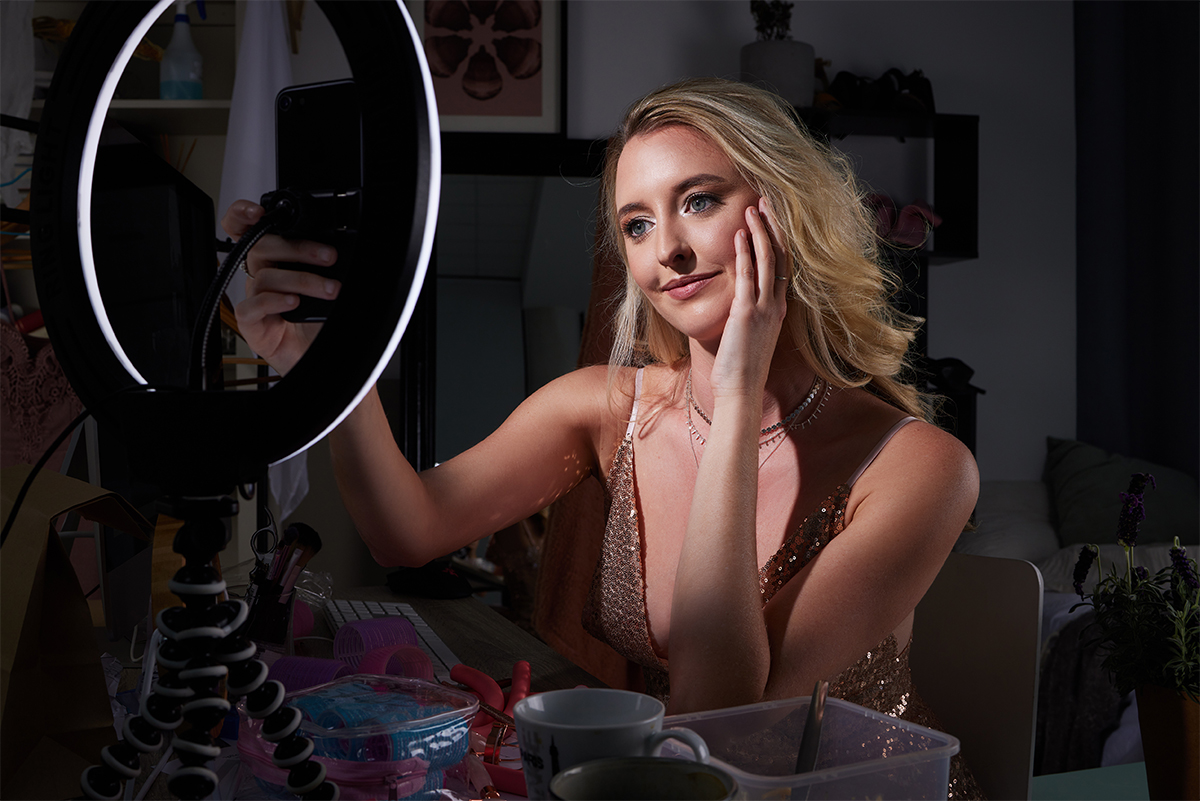
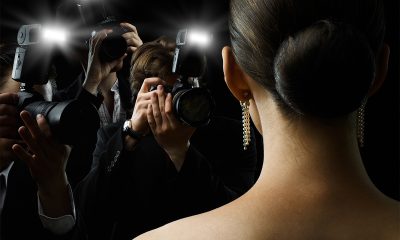
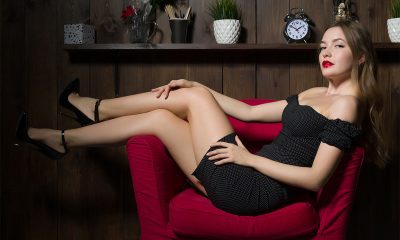
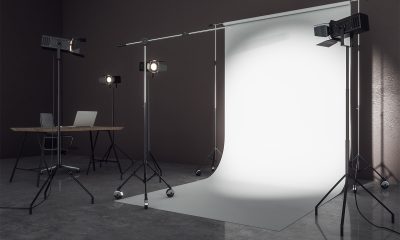

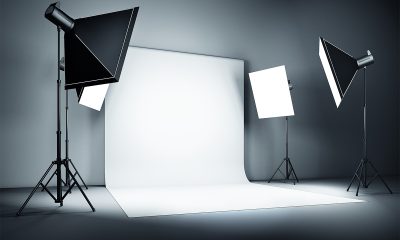
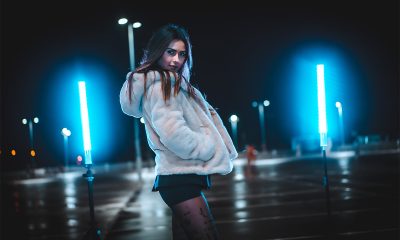





Loading...